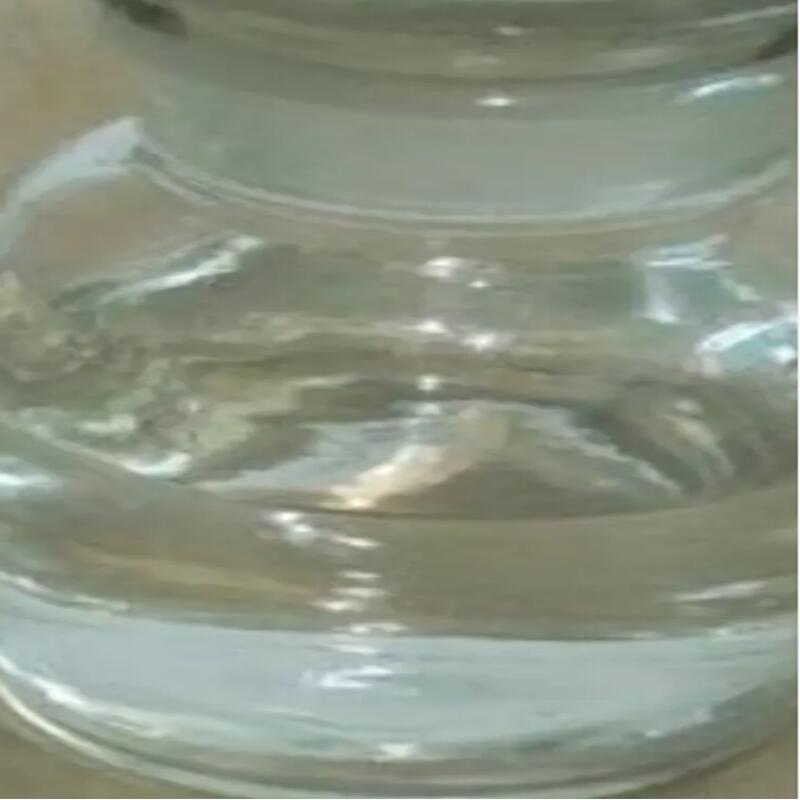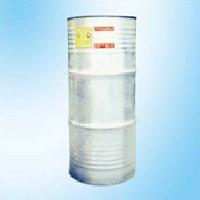-
Categories
-
Pharmaceutical Intermediates
-
Active Pharmaceutical Ingredients
-
Food Additives
- Industrial Coatings
- Agrochemicals
- Dyes and Pigments
- Surfactant
- Flavors and Fragrances
- Chemical Reagents
- Catalyst and Auxiliary
- Natural Products
- Inorganic Chemistry
-
Organic Chemistry
-
Biochemical Engineering
- Analytical Chemistry
-
Cosmetic Ingredient
- Water Treatment Chemical
-
Pharmaceutical Intermediates
Promotion
ECHEMI Mall
Wholesale
Weekly Price
Exhibition
News
-
Trade Service
2-Ethylhexyl nitrate (2EHN) is a commonly used solvent and intermediate in the chemical industry.
It is a colorless liquid with a characteristic odor and is often used in the production of various chemicals and consumer products.
However, there has been some concern about the safety of 2EHN, particularly in relation to its potential health effects on workers in the chemical industry.
One of the main concerns with the safety of 2EHN is its potential to cause respiratory issues, such as asthma and bronchitis, in workers who are exposed to it.
Studies have found that workers who are regularly exposed to 2EHN have a higher risk of developing these respiratory issues, and that the risk is increased the longer the duration of exposure.
This is thought to be due to the irritating properties of the chemical, which can cause inflammation in the respiratory system.
Another concern is the potential for 2EHN to cause cancer in workers who are exposed to it.
While there is limited research on the cancer-causing potential of 2EHN, some studies have suggested that it may be carcinogenic in humans.
The International Agency for Research on Cancer (IARC) has classified 2EHN as possibly carcinogenic to humans, based on limited evidence of carcinogenicity in animals and limited evidence of carcinogenicity in humans.
Additionally, 2EHN has been found to be toxic to the environment, particularly to aquatic life.
Studies have shown that the chemical can have harmful effects on fish and other aquatic organisms, including damage to their gills and livers.
This has led to concerns about its potential impact on aquatic ecosystems and the risks it poses to wildlife.
To address these safety concerns, various measures have been put in place to protect workers in the chemical industry from the potential health effects of 2EHN.
These measures include regulations on the use of 2EHN in various countries, as well as guidelines and recommendations for safe handling and use.
In the United States, for example, the Occupational Safety and Health Administration (OSHA) has set strict guidelines for the safe handling and use of 2EHN in the workplace.
These guidelines include requirements for respiratory protection, proper handling and storage of the chemical, and regular monitoring of worker exposure.
Similarly, the European Union has implemented regulations on the use of 2EHN, including restrictions on its use in certain products and requirements for risk assessments and safety measures.
In addition to these regulatory measures, various organizations have developed guidelines and recommendations for the safe handling and use of 2EHN in the chemical industry.
These include recommendations for proper ventilation and air circulation in the workplace, as well as guidelines for proper personal protective equipment (PPE) and emergency response procedures.
Despite these measures, there is still a need for further research on the health effects of 2EHN in workers in the chemical industry.
More studies are needed to fully understand the potential risks posed by this chemical, as well as to identify effective strategies for reducing exposure and protecting worker health.
In conclusion, while 2-ethylhexyl nitrate is an important chemical in the production of various products, there are concerns about its safety for workers in the chemical industry.
Studies have found that exposure to 2EHN can increase the risk of respiratory issues, such as asthma and bronchitis, and may also pose a cancer risk.
To address these safety concerns, various regulations and guidelines have been put in place to protect workers from the potential health effects of 2EHN.
However, there is still a need for further research on the health effects of this chemical in the workplace.







